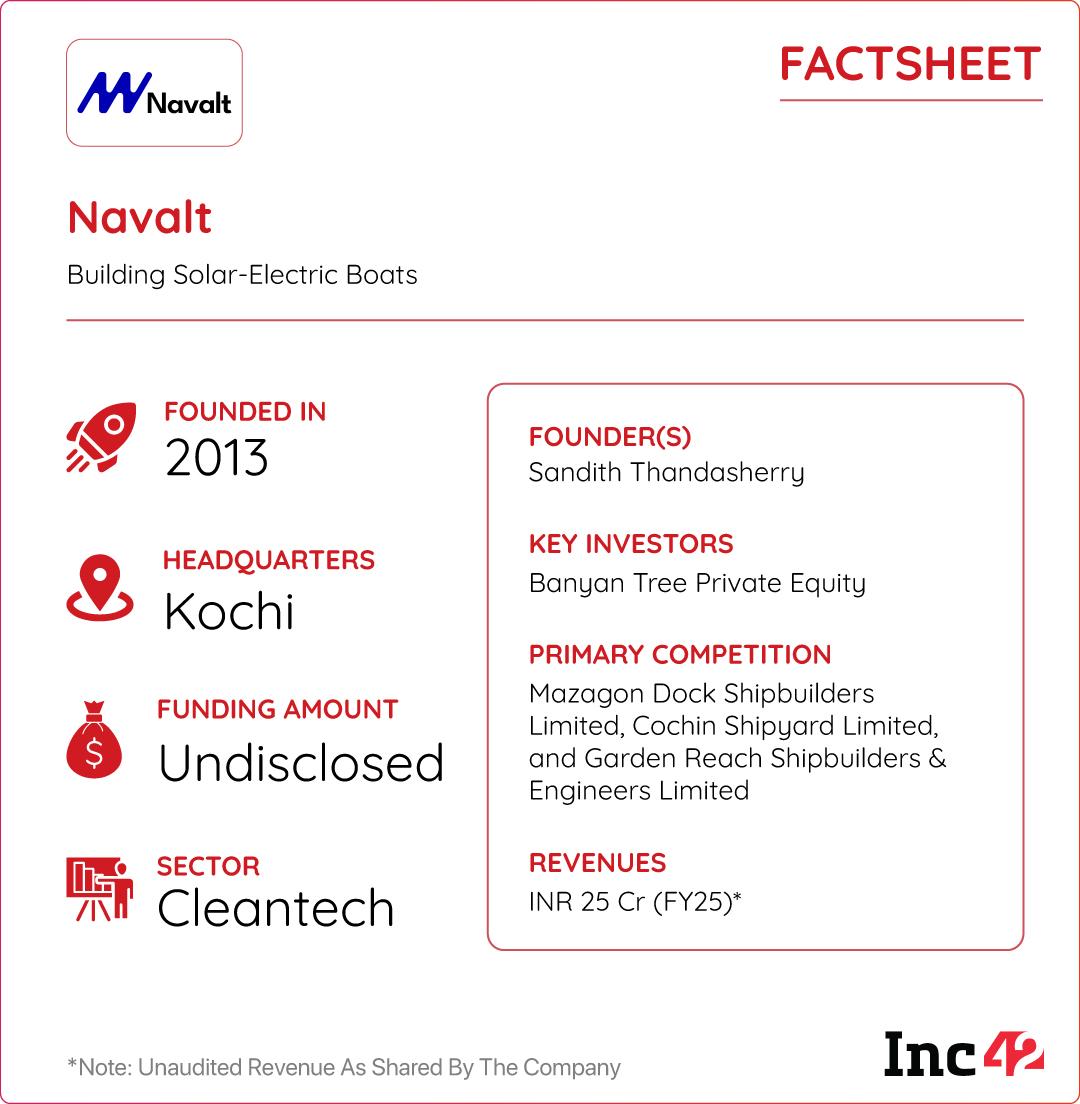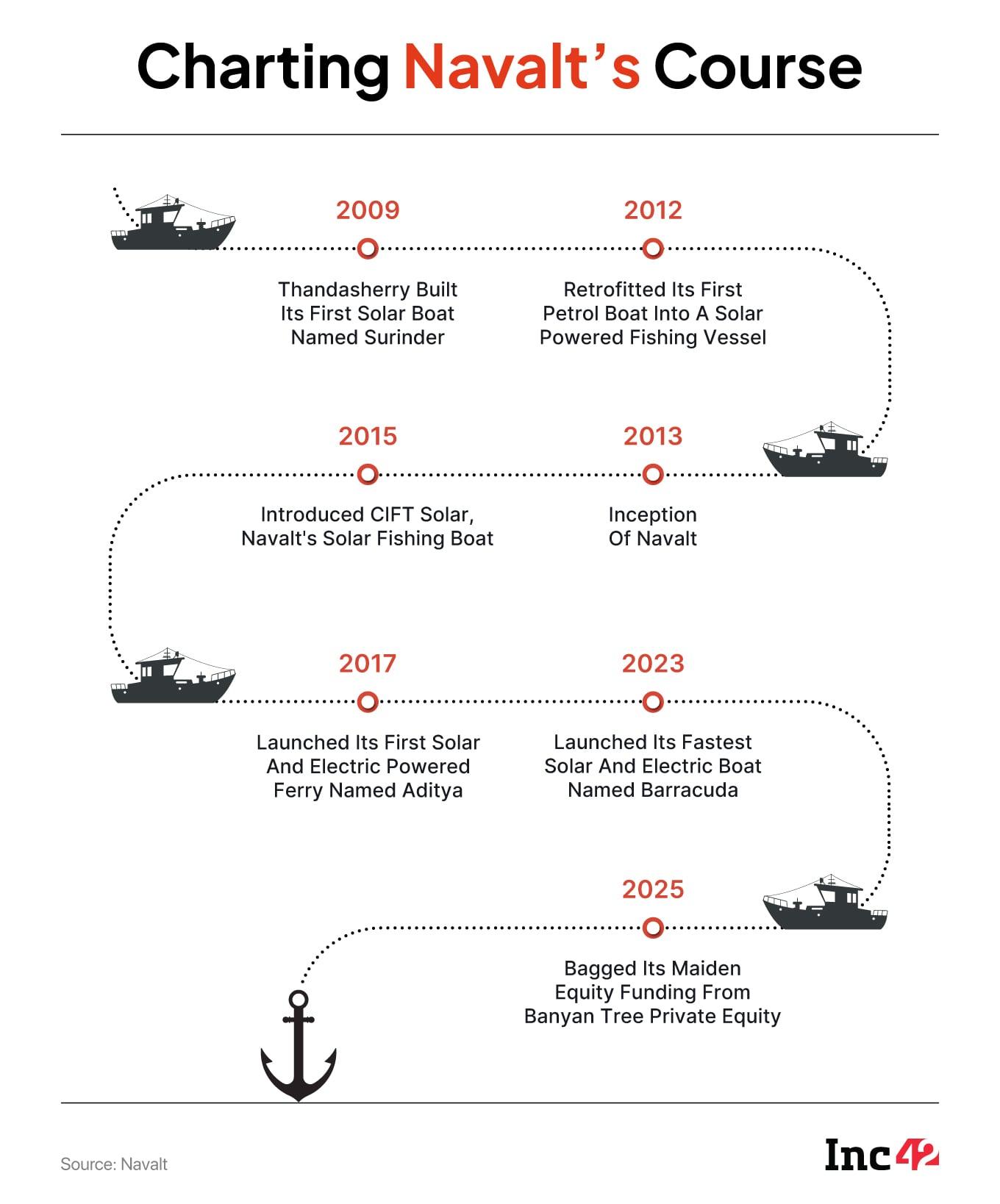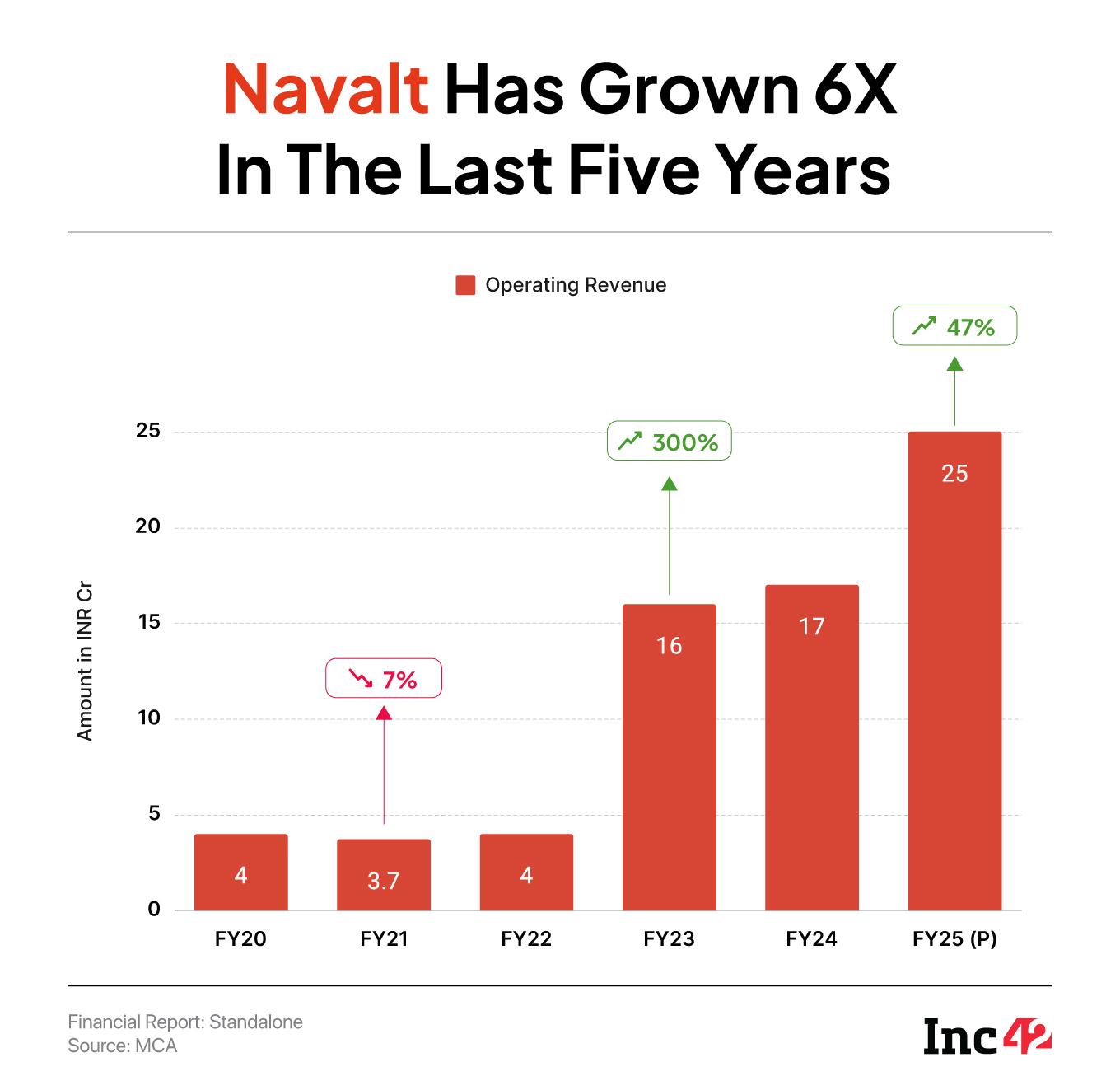Whether it’s the shikaras traversing the calm backwaters of Alleppey (Alappuzha), carrying tourists past the coconut groves and quaint fishing villages, or ferries enabling daily commute between townships, or the fishing rafts braving the rough waters of the Arabian Sea to bring food and livelihood, boats are an inseparable part of hustle and leisure in Kerala.
Even as these vessels are woven into the very fabric of life in this southern state, what is hardly talked about is the spiralling cost of running them.
At a time when exports to the US present fresh challenges, Kerala fishermen are battling the changing dynamics of geopolitics and climate change on one hand and the increasing cost of fuel on the other.
The impact is especially severe on fishing communities, as every segment of boat operators is struggling to improve margins amid the rising fuel prices.
As per Kochi-based ex-naval architect Sandith Thandasherry, ferry operators in Kerala are currently spending as much as INR 10,000 daily on diesel per boat, which is significantly impacting their margins.
“My aim has been to solve this problem,” said Thandasherry, who is building solar and electric boats precisely for this cause — to reduce this yearly operational cost by INR 35 Lakh.
His startup, Navalt, is helping coastal communities earn better livelihoods while driving a major shift in water transportation.
Interestingly, Thandasherry is trying to make waves in the boat manufacturing industry at a time when the decarbonisation push has largely been centred around road mobility, with electric vehicles (EVs) taking the spotlight.
With EV adoption no longer a major headache for roads, the aviation sector is clearly witnessing early efforts around sustainable aviation fuel (SAF), although large-scale adoption remains a daring effort due to the complexities of the sector. Water transport, on the other hand, continues to rely heavily on fossil fuels.
Navalt is trying to control a portion of this damage with its solar-electric boats. So, what has truly driven Thandasherry’s interest in solving this real-world problem that has remained overlooked for decades?

Growing up in Kerala, Thandasherry’s tryst with building boats and ships began in his schooldays, as his family kept encouraging him to pursue naval architecture and engineering.
After his graduation in naval architecture from IIT Madras in 1999, he worked as a naval architect for seven years. During this time, he was part of various shipbuilding projects across Japan and South Korea.
“But unlike what you may think, building solar boats was never part of the plan,” the founder and chief executive of Navalt told Inc42.
Armed with the experience in building ships and an MBA from INSEAD, Thandasherry started giving wings to his entrepreneurial dreams in 2008 by establishing his first venture, Navgathi Marine Design and Construction — a consulting firm that was focussed on making boats efficient and sustainable.
But, within a year, destiny charted a new course for him. Call it a stroke of luck, Thandasherry met a client who showed him a solar boat, which couldn’t evade the seasoned naval engineer’s sharp technical eyes.
He was quick to identify flaws in the design and other inefficiencies, triggering his client just enough to throw him a challenge to build a better solar boat for him.

Thandasherry accepted the dare and built a small solar boat in the following months. This sparked the idea of building boats powered by solar and electric.
At the outset, Thandesherry worked on a few other smaller solar boat projects, mainly for fishing, “but we could not scale the business in the segment”.
This did not stop him. He knew his way forward and decided to build large solar ferries and passenger boats.
He took almost three years to build the tech from scratch and officially launched the first solar and solar-electric passenger boat in 2017, under the parent company Navalt.
Besides its flagship passenger boat named Aditya, the startup today offers fast boats (named Barracuda) to the defence sector, yachts (Vanora), fishing boats (Srav), and roll-on/roll-off (RoRo) boats (Kraken) for carrying heavy vehicles.
What’s Under The HoodEarlier this year, it started exporting its passenger boats, Apollo, to the Maldives. In India, its boats are operational in Kochi in Kerala, Bathinda in Punjab, and Ayodhya in Uttar Pradesh, just to name a few states.
The primary objective for the founder has been to help boat and ferry operators achieve better unit economics.
“If I start selling ‘green’ as the value proposition, nobody cares in India. I am building boats which are better and cheaper for my customers. A greener alternative comes as a bonus,” said Thandasherry.
But it was never about technology alone, as the design aspect has always been deeply ingrained in Navalt’s thesis.
Explaining the way Navalt is married to design with efficiency, the CEO said that a locally built 75-seater steel boat weighs around 75 tonnes, but its Aditya weighs just 17 tonnes, thanks to glass-reinforced plastic (GRP) and aluminium.
Besides, the Kochi-based startup has used the computational fluid dynamics technique in its design to reduce the drag of its vessels. The result — reduced energy requirements.
The CEO claims that a Navalt boat needs only 17 kW of power, while a traditional steel boat requires 45 kW of energy.
The boat manufacturer also boasts that the sun powers 70% of the total energy its boats need in a day, and only 30% requirements are met by lithium-ion battery-powered electricity.
“Overall, this cuts running costs by 35X,” the founder said.
However, the upfront cost of these boats is higher compared to fossil-fuel-driven ferries. For instance, Navalt’s Aditya, a 75-seater passenger boat, costs around INR 3.5 Cr, while its diesel counterpart is priced at INR 1.5 Cr.
“But customers recognise the unit economics benefits in the long haul,” he said.
Inside Navalt’s BoatonomicSince its inception, Navalt has delivered a total of 35 orders. In the first year of its sales, its top line stood at a mere INR 1.7 Cr.
Its revenue stood at INR 17 Cr in FY24 compared to INR 16 Cr in FY23.
Navalt had an order book of 25 boats worth INR 75 Cr in FY25. It managed to deliver 12 boats during the year, clocking a revenue of INR 25 Cr. Despite occasional financial hiccups, the startup has managed to maintain profitability over the last five years.
The Kerala government is Navalt’s biggest customer in terms of order volume. The company has so far delivered 15 orders to the state government. But, this entails a challenge — state-owned entities and government undertakings are infamous for taking more time to make payments, throwing Navalt in rough waters.

For the ongoing fiscal year, Navalt’s order book stands at 37. This order value translates to INR 90 Cr, up 20% YoY.
To keep its boat afloat (pun intended), Navalt raised its first institutional round last month from Banayan Tree Private Equity. The founder did not disclose the total amount of funding Navalt has raised so far.
Fathoming Navalt’s KnotsAccording to Thandasherry, selling boats is not all plain sailing. Scaling it is a bigger challenge since geographical expansion is difficult, and so is the transportation of large boats to the hinterlands.
“Boat-making business demands a scale where manufacturers should have at least 20 shipbuilding or assembly yards around the country to serve every location,” the founder said, adding that Navalt may take some time to achieve that kind of scale.
Amid turbulent tides, Navalt is moving ahead with resilience.
Last year, the startup ventured into offering electric propulsion systems to other boat builders in India under the brand name Greenship, expanding its offerings and revenue stream. “In the new business, we are getting volume, and it is easier to scale,” shared Thandasherry.
Navalt’s Greenship propulsion system found its first client in Goa, where it launched the state’s first solar boat, making it the first-ever project where the startup’s propulsion system was plugged into a boat built in a different shipyard.
The startup now has more ambitious plans built on its cleantech moat. Aces up its sleeves are the hydrogen fuel cell technology and a propeller that runs on wind. This gives a third alternative to its customers to save money.
Besides, to address the working capital woes, the solar and electric boat builder wants to shift its dependency from government-led projects to acquiring orders from private players and imports.
“Currently, 70% of our orders come from the government, and the rest are private players. Going forward, we want to reverse this ratio,” the founder said.
All in all, Navalt is also looking at a major market opportunity projected to cross the $8 Bn by 2033. While the scope is huge for the company to scale across India, particularly across the coastal belt, as well as in states that harbour rivers and lakes, its voyage ahead will be worth watching.
[Edited By Shishir Parasher]
The post How This Startup Is Steering Boat-Making Into A Clean Era appeared first on Inc42 Media.
You may also like

Arsenal star Viktor Gyokeres sends critics perfect message with blunt explanation

Despite opposition, J&K government assumes control of 215 Jamaat-linked schools

EastEnders star left 'penniless' as she suffers life-changing illness

'BMHRC Is Being Developed Full Fledged PGI In Central India, Not Medical College,' Says Director

Mumbai News: BMC Warns Against Crowding On 12 Unsafe Bridges During Ganeshotsav 2025, Issues Strict Restrictions







